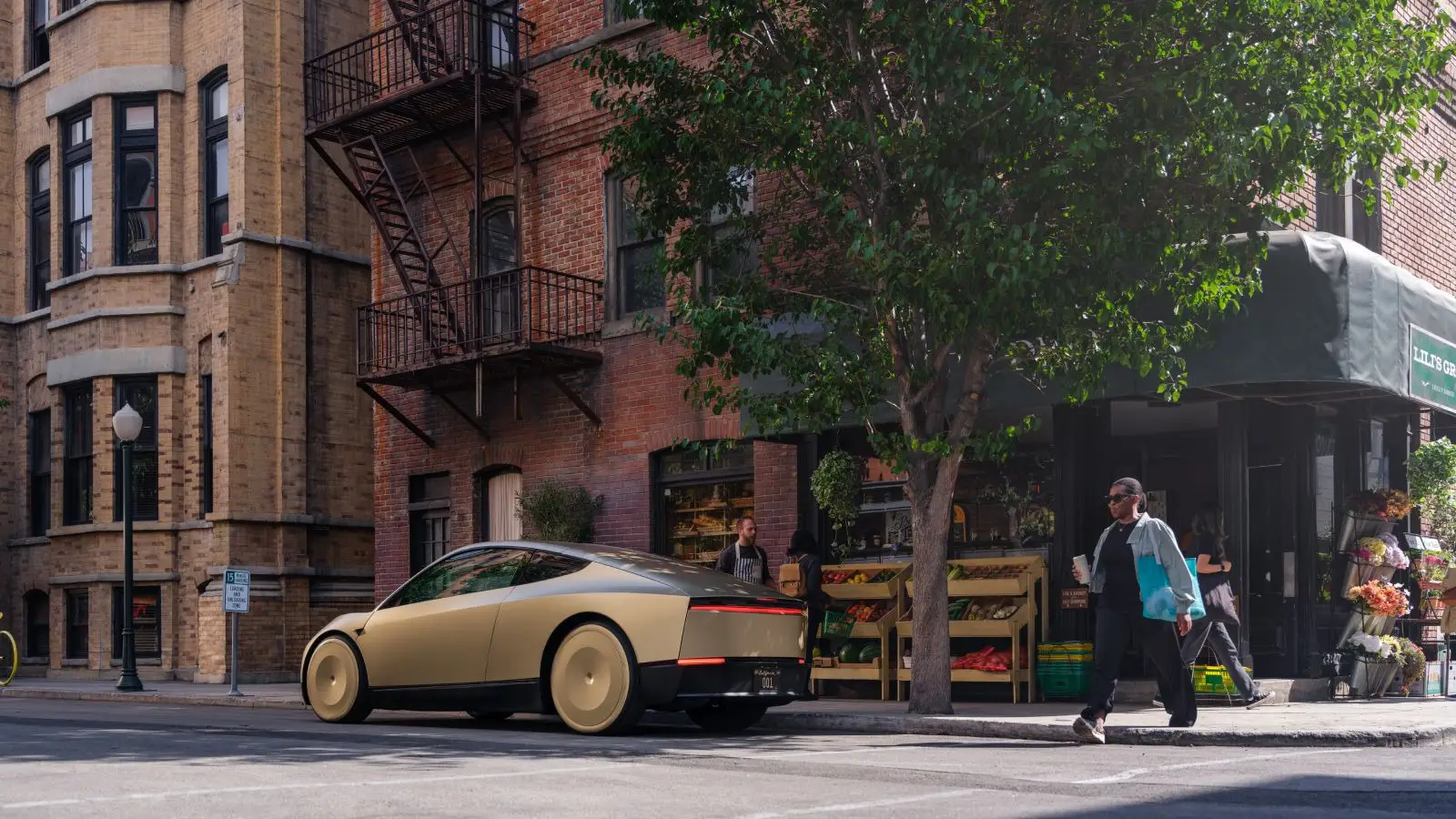Articles
Autonomous driving in 2025: who leads, what’s missing

Autonomous driving in 2025: technology, leaders, challenges
Can we imagine roads where human drivers are no longer needed? The question sounds bold, yet it has become the central ambition of the automotive industry in recent years. Today, one thing is clear: full autonomy (SAE Level 5) is still out of reach, while the real progress is happening at Level 3 and in limited Level 4 scenarios.
Waymo has rolled out driverless robotaxis in San Francisco, Los Angeles, and Silicon Valley, expanding its operating zones in mid-2025. Even so, challenges remain: a recent incident in San Bruno showed a police officer stopping an empty Waymo car, illustrating how unresolved legal protocols can be.
Mercedes-Benz has taken a different route. Its DRIVE PILOT system, officially approved in Germany, allows hands-off driving at up to 95 km/h on autobahns. This marks the first time a production car has been legally recognized as taking full responsibility for driving under specific conditions.
Tesla continues to develop its “Full Self-Driving (Supervised)” feature, publishing quarterly safety statistics. The company makes it explicit: the system still requires driver oversight. BMW, for its part, offers the Highway Assistant, which supports hands-off driving at up to 130 km/h, though only with the driver paying attention.
There are setbacks too. In 2025, Cruise, General Motors’ autonomous subsidiary, cut much of its staff and scaled back its robotaxi program, underscoring the risks and costs of large-scale deployment.
What would it take to reach the ideal? The technology stack is immense: cameras, lidars, radars, and ultrasonic sensors fused together; powerful onboard platforms such as NVIDIA Thor; HD maps updated in real time; and massive simulation frameworks to run millions of edge-case scenarios. Still, these systems struggle with heavy rain, fog, or unpredictable human behavior.
On top of that, regulations are tightening. UNECE R155 and R156 set mandatory rules for cybersecurity and over-the-air updates, while ISO 21448 (SOTIF) addresses the safety of intended AI functions. Germany and the EU have opened legal pathways for Level 3 and even Level 4, but only within narrowly defined operational domains.
The conclusion is cautious but firm: machines cannot fully replace human drivers yet. What they can do is ease the burden — in traffic jams, on highways, or in robotaxi services restricted to certain urban districts. Progress is tangible, but the road to universal autonomy remains long and uncertain.
2025, Oct 02 01:08


